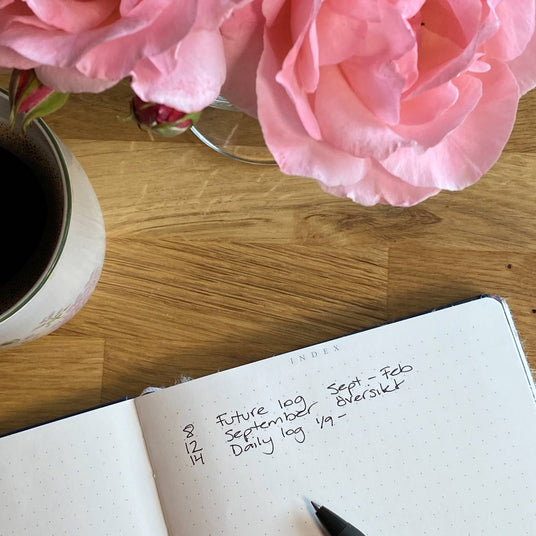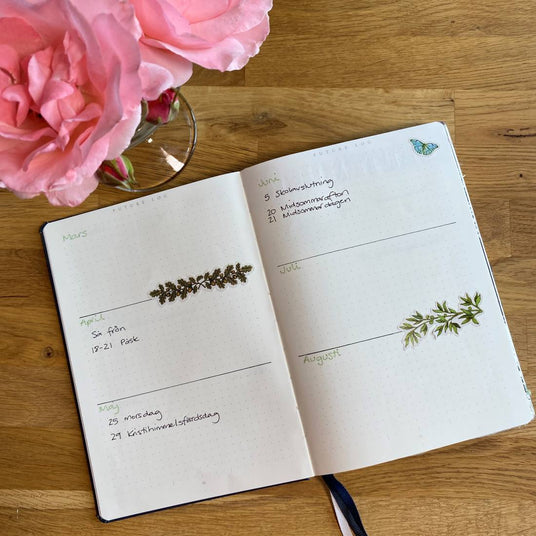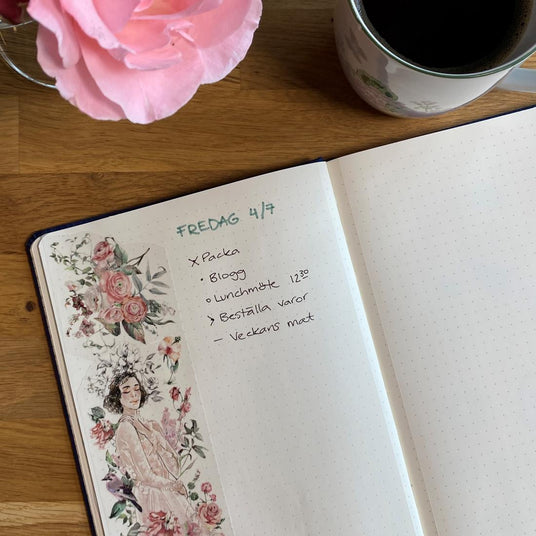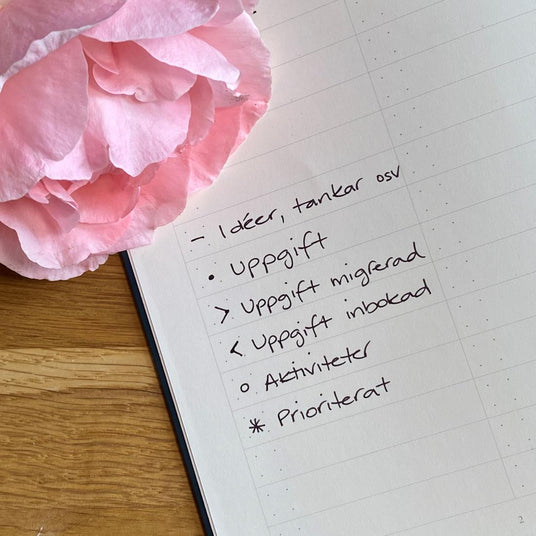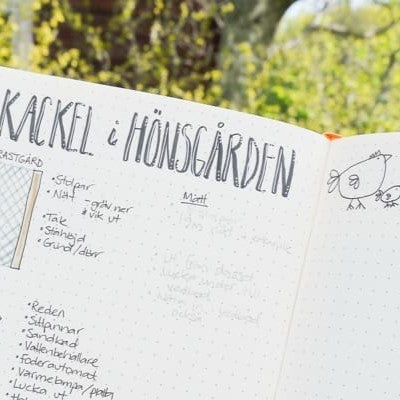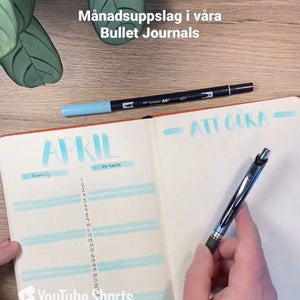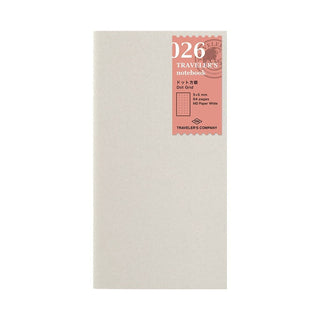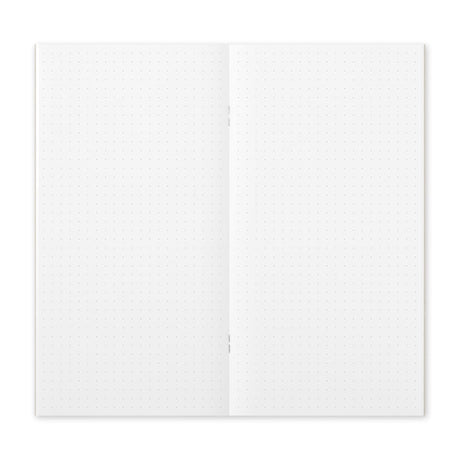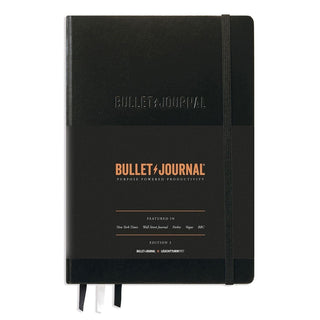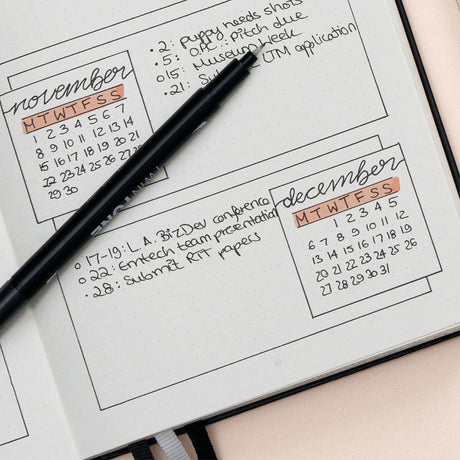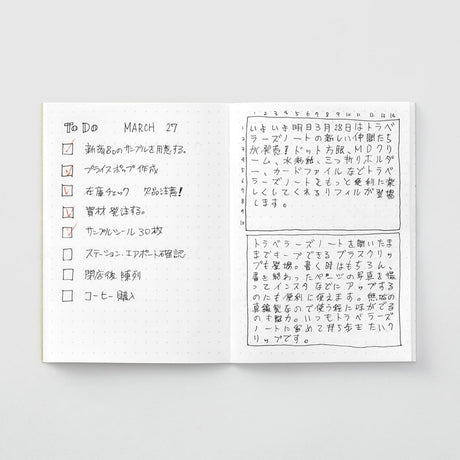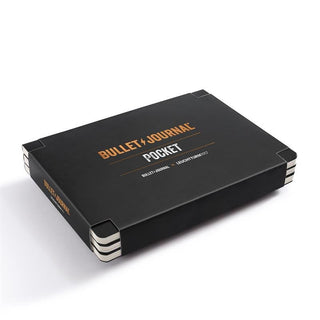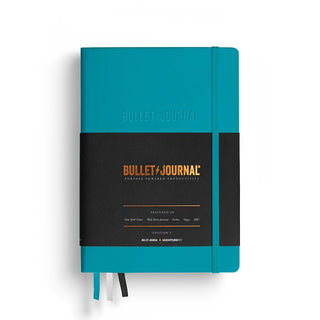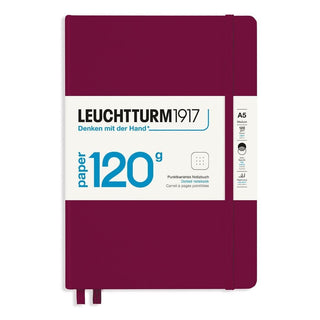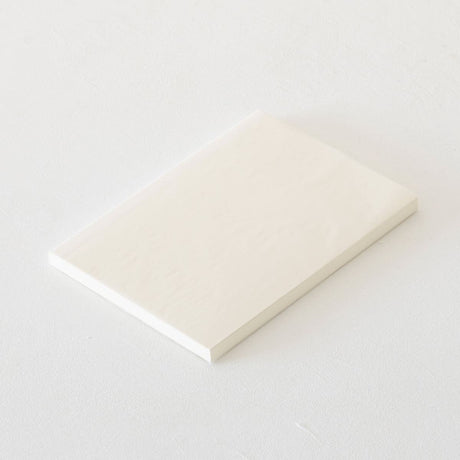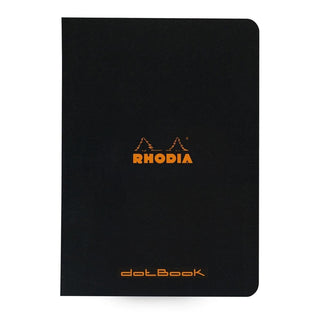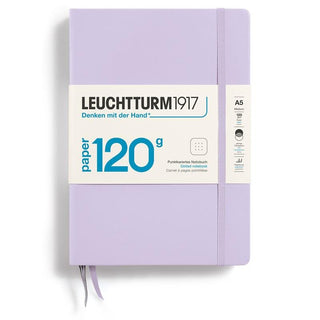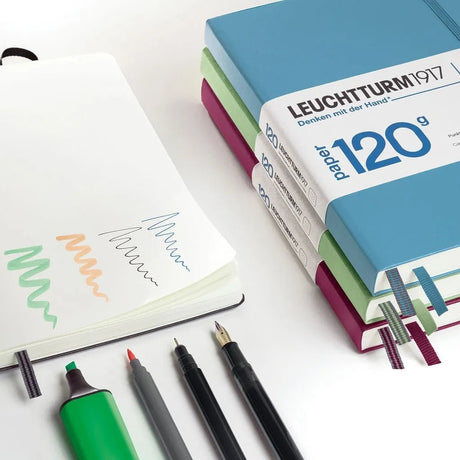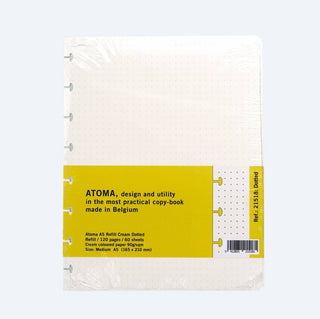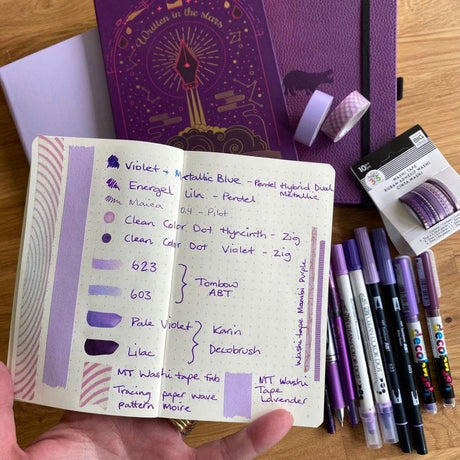
Step by step guide on how to make a Bullet journal
All you need to start with BuJo (Bullet journaling) is paper and a pen. This is a completely personal planning, no two books are the same. The problem is that it is extremely easy to do but quite difficult to explain.
We will now explain and try to answer what you can do, how you can do it and above all why you should do it. Based on this, you develop a book based on your needs. There are no rules and musts. The purpose of Bullet Journal is to utilize the two most important resources you have, your time and your energy. To identify what is important in your life and eliminate the meaningless. This also applies to your very own book.
Foundation stones :
- Index
- Intentions
- Future log
- Monthly log
- Daily / Weekly log
- Rapid logging
- Own entries
To get the most out of Bullet Journaling, we build on these foundational principles. We start with the most important thing, your why.
